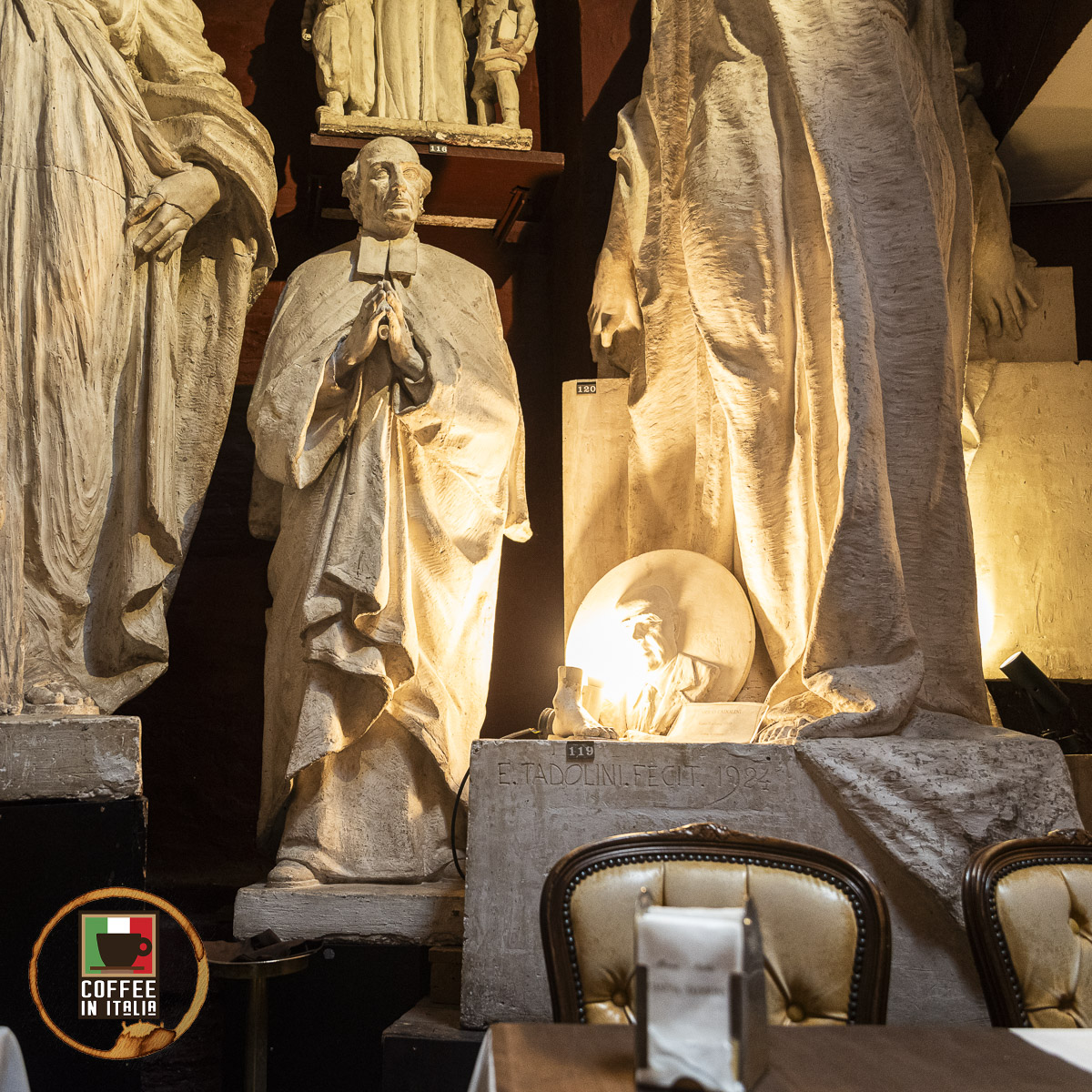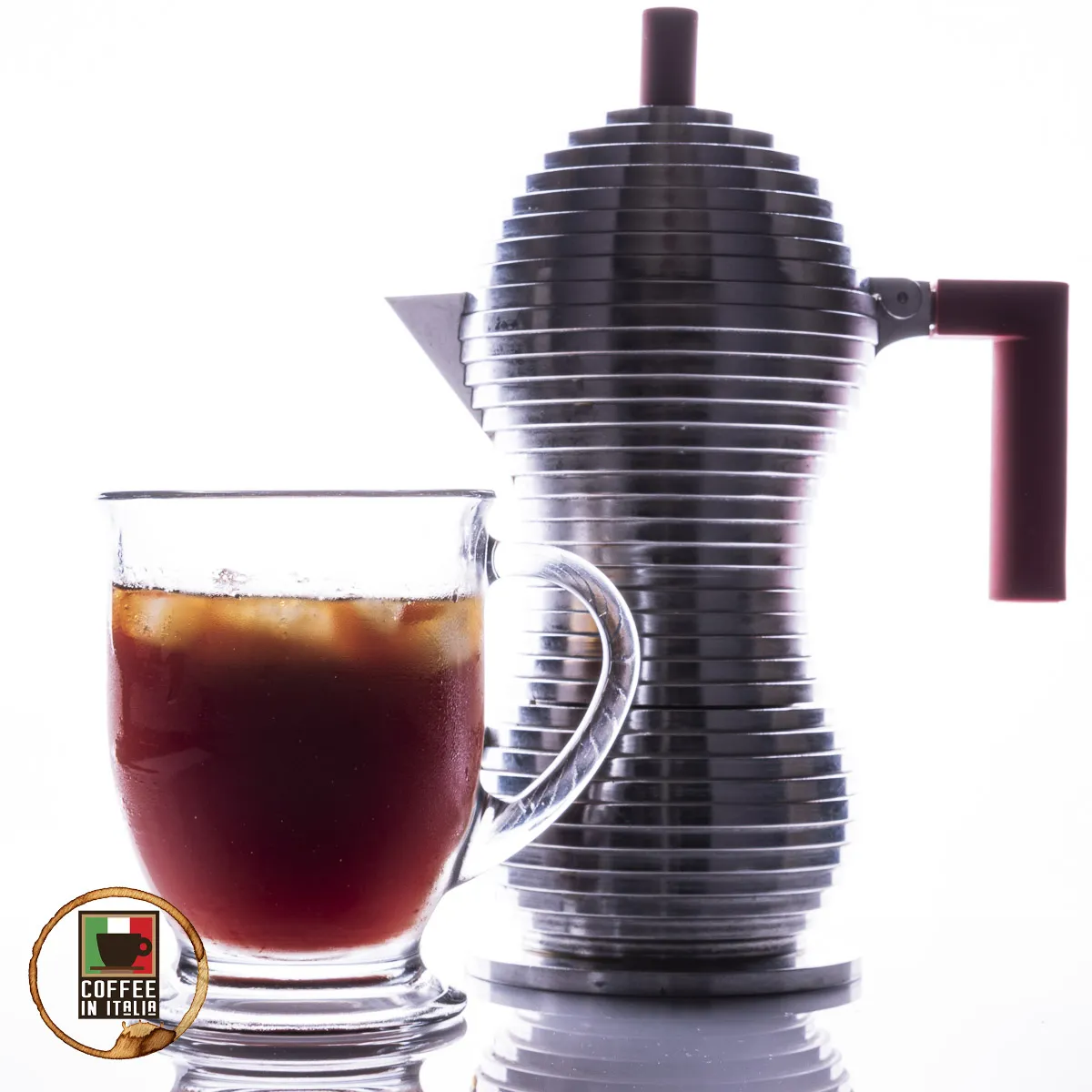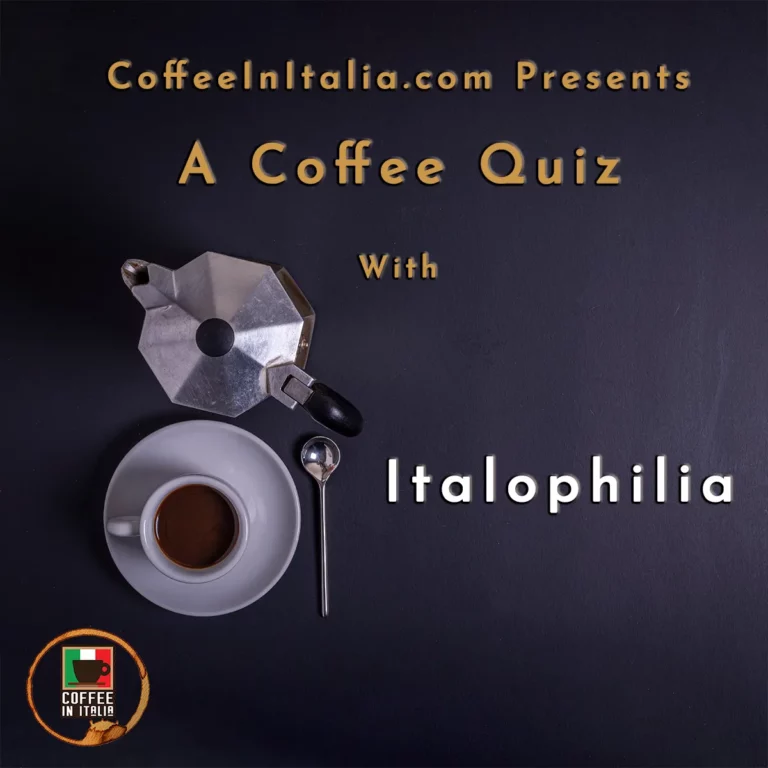What Does Coffee Say About Social Class In Italy?
Italian coffee culture and related rituals are deeply tied to notions of social class in Italy, regional identity and other social norms.

The Coffee Cup As A Mirror On Social Class
In Italy, coffee is more than a drink. It is a deeply held cultural experience that reflects social norms, values, and even class distinctions. From the espresso bars of Milan to the streets of Naples, the way Italians consume coffee is deeply embedded in their daily lives, offering a lens into their social identity.
The Historical Roots Of Italian Coffee Culture
The story of coffee in Italy began in Venice during the 16th century, as trade routes introduced this exotic beverage from the Ottoman Empire. Coffee quickly gained traction as a luxurious drink, initially reserved for the aristocracy before spreading to wider society.
Italian innovations, such as the invention of the espresso machine in the early 20th century, transformed coffee into a democratic yet refined staple of Italian culture. The espresso machine, perfected by Luigi Bezzera in 1901 and later popularized by Alfonso Bialetti’s moka pot, exemplifies Italy’s commitment to accessibility, innovation and quality in coffee brewing.

Coffee Etiquette And Its Class Implications
Coffee consumption in Italy adheres to strict cultural codes, which often signal one’s awareness of social norms. For instance, cappuccinos and other milk-based coffees are considered breakfast drinks and are rarely consumed after 11:00AM. Ordering one in the afternoon might mark you as an outsider or someone unfamiliar with Italian customs.
The “quick espresso at the bar” tradition is another hallmark of Italian coffee culture, where standing at the counter conveys a sense of community while saving the surcharge associated with table service. You never know who you will be shoulder-to-shoulder with at the bar, which adds to the sense of egalitarianism.
Coffeehouses As Class Equalizers
Historically, Italian coffeehouses served as melting pots for different social classes. However, coffee bars like Caffè Florian in Venice, which opened in 1720, became hubs for intellectual discourse and political debate, attracting people from the distinct social strata in Italy. Personally, I don’t see the bars for intellects and artists being the same for the laborers or poor.
Today, coffee bars maintain this egalitarian spirit, offering affordable espressos for as little as one euro, ensuring that coffee remains accessible to everyone regardless of income level. Much is made when prices of espresso creep up as it is seen as a sign of greed on the owners part.

Despite the existence of specialty or high-end coffee shops, Italy’s resistance to premium coffee culture highlights the ongoing tension between tradition and modernity. Attempts by high-end coffee brands or chains like Starbucks to establish themselves in Italy often face pushback. That’s not to say they aren’t busy coffee shops, but the clientele often are tourists looking for a taste of home or young Italians looking for something different (i.e. American).
Modern Shifts Towards Artisanal And Specialty Coffee
In recent years, global trends in artisanal and specialty coffee have begun to challenge traditional Italian cultural norms. These establishments often attract younger, wealthier patrons who are open to experimenting with exotic beans and brewing techniques.
While this shift introduces diversity into Italian coffee culture, it also creates subtle class distinctions, as artisanal coffee often comes at a higher price point compared to traditional espressos. This experience is shared outside of Italy as well. The much higher price for a coffee at Starbucks as compared to a simpler brew at Dunkin.
These sometimes extreme price differences show the differences across social classes in the US and it slowly is seeping into Italy. While there have always been class differences, there was social tranquility when it came to your morning espresso.

Regional Variations In Coffee And Social Class In Italy
Italy’s coffee culture is deeply regional, with each area offering unique takes on the espresso tradition. In Trieste, for example, Austro-Hungarian influences shaped the coffee scene and helped to define drinks that are only found in Trieste.
Naples is renowned for its intense and flavorful caffè alla napoletana. These regional differences can be as fine and well defined as seeing roasting variations across a region or even a city. They highlight how coffee serves as a marker of local identity, uniting communities while distinguishing them from others/outsiders.
Coffee As A Societal Microcosm
In Italy, coffee is not just a beverage but a reflection of the nation’s values, social structures, and regional pride. While the act of sipping an espresso at a bar might seem mundane, it speaks volumes about Italian class dynamics, cultural heritage, and resistance to globalization.

Whether enjoyed as a one-euro espresso or an artisanal brew, coffee continues to embody the Italian spirit of conviviality and tradition. For more information about Italian coffee culture, check out some of these other articles:
- Italian Coffee Culture: Tradition, Taste And Community.
- A Suspended Coffee For Your Fellow Coffee Drinker.
- The Best Italian Coffee Drinks That You Will Love.
- How To Order Coffee In Italy – Our Helpful Guide.
- These Are The Best Italian Coffee Cities For Culture.
- Italian Coffee Roasting Profiles Are As Diverse As Italy.
- How Can Italian Coffee Culture Influence The Globe?
- How Do Italian Values Influence Italian Coffee Culture?
- The Influence Of Tourism On Coffee Culture In Italy.






